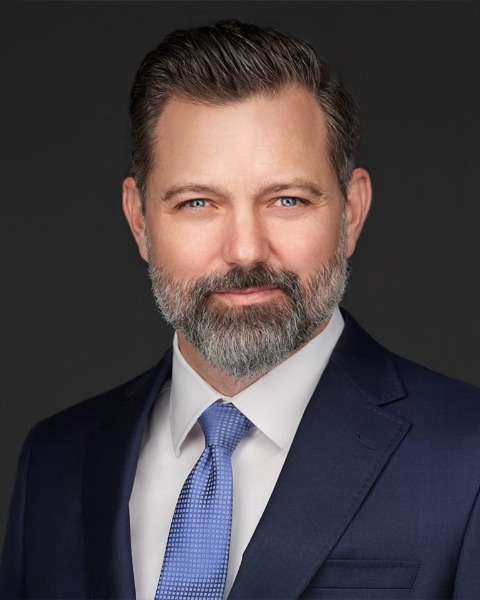Financial & Operational Models
National Data on Flip Room Efficiency With Applications for Surgical Governance
Hospital leaders often allocate surgical “flip rooms” (aka concurrent or overlapping surgery) intending to increase surgical access, thereby increasing surgical productivity. For many hospitals, physical space has been the primary constraint to doing so. In the current environment, however, rising equipment, staff and anesthesia costs have made the allocation of flip rooms more expensive. Therefore, the prudent manager will ensure that the allocation of flip rooms matches the situations, service lines and physicians that will result in maximal ROI. This session summarizes productivity and efficiency outcomes associated with 48,000 sets of flip rooms for 50 health systems, 400 perioperative departments and 1,000 physicians over an 18-month time span. The service lines and efficiency KPIs of these physicians (block utilization, first-case on time starts, etc.) are presented. Statistical relationships between these KPIs and surgical productivity are also presented. From these results, the presenters will contextualize and apply their own perioperative leadership experience, suggesting how surgical governance policy can be set to ensure maximal flip room productivity, along with criteria by which leaders can select the situations and physicians that will likely result in flip room goals being met.
Learning Objectives:
- Become equipped to gather an organization’s performance in surgical flip room productivity and compare it to new service line–specific benchmarks from national data.
- Collaborate with stakeholders to implement new policies for flip room management and articulate to surgical governance stakeholders a rationale and basis for flip room management policies.

Jonathan Turner, PhD, FACHE
Senior Manager, Client Outcomes
LeanTaaS
M. Trevor Bennett, RN, FACHE
Chief Administrative Officer
Providence Swedish
Kevin Streeter, RN, FACHE, NEA-BC
Vice President, Enterprise Clinical Services
Huntington Health, an Affiliate of Cedars-Sinai
